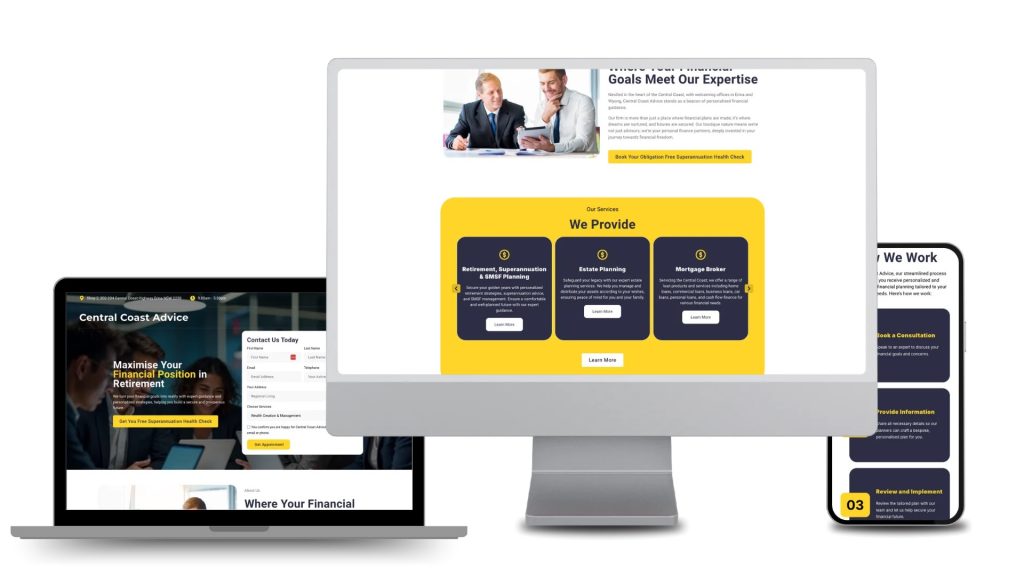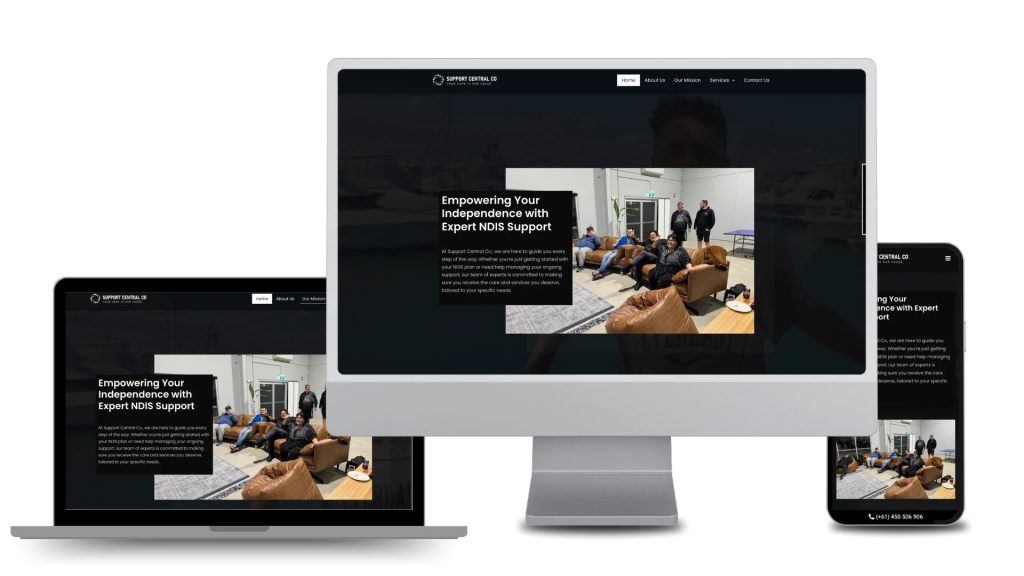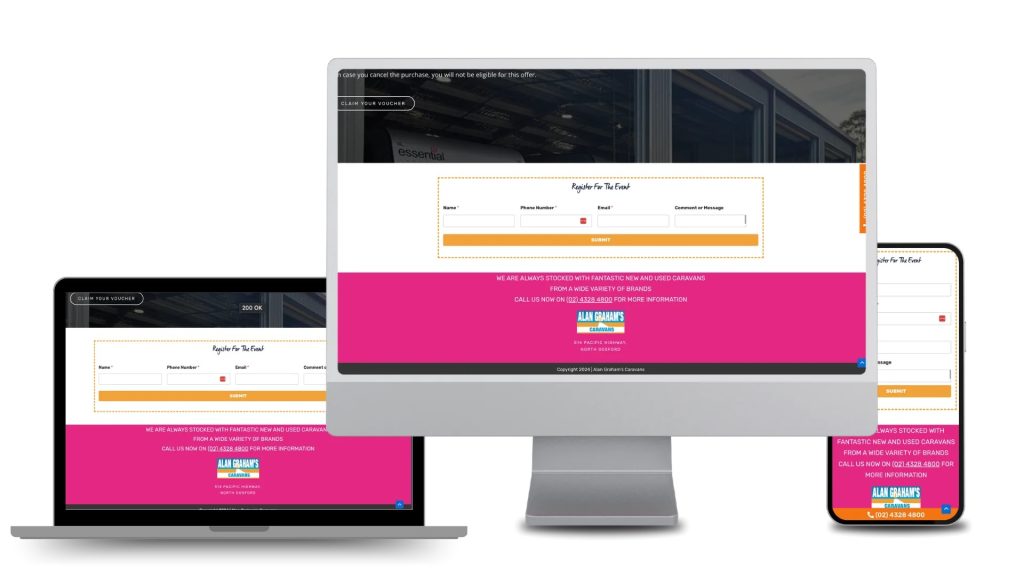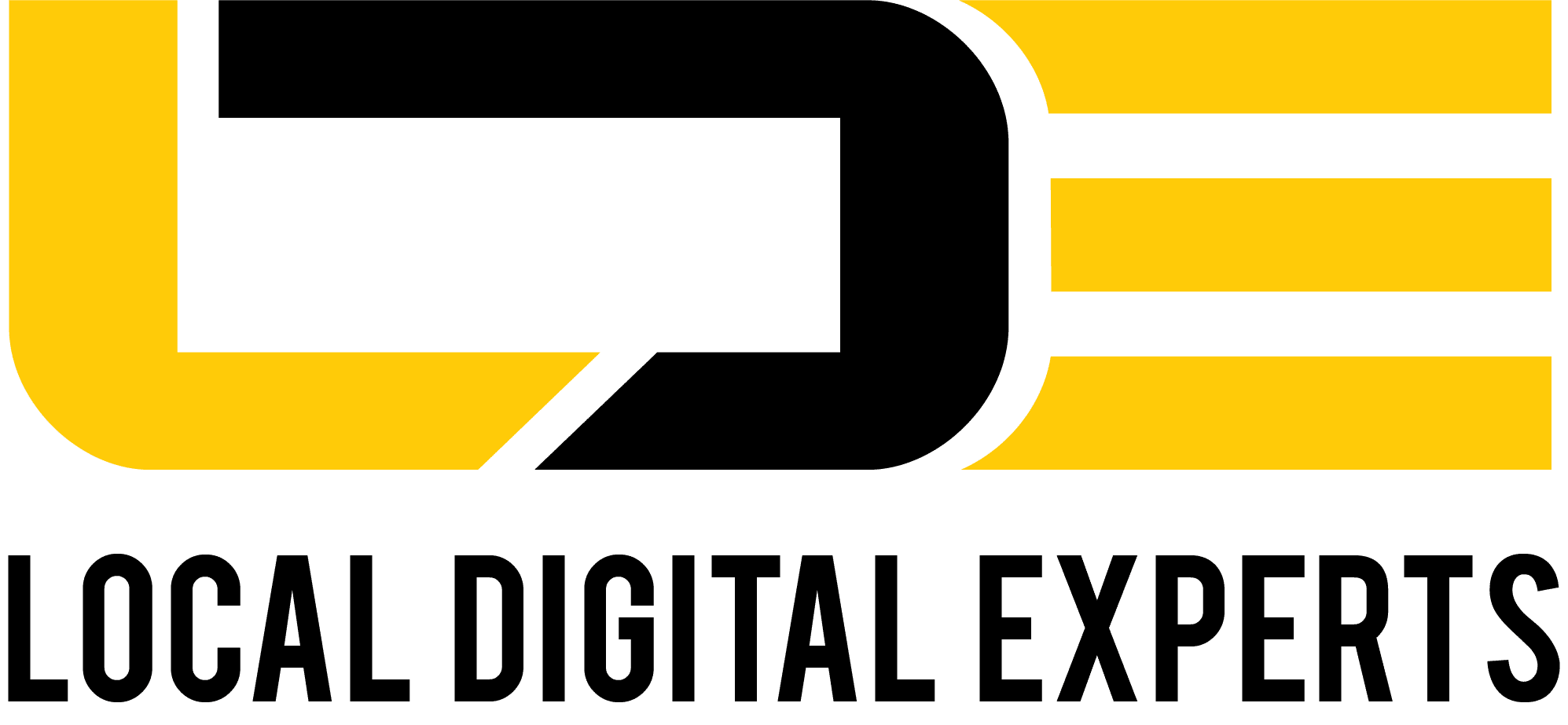Search Engine Optimization (SEO) plays a pivotal role in Australia’s digital landscape, where businesses strive to establish a strong online presence in a competitive market. With millions of users relying on search engines to find products, services, and information, understanding the top SEO ranking factors has become a cornerstone for digital success.
The dynamic nature of search engine algorithms demands continuous adaptation. Updates from search engines like Google prioritize relevance, quality, and user intent, making it essential for businesses to stay ahead of these changes to maintain visibility.
A key factor in achieving and sustaining top rankings is prioritizing user experience (UX). Search engines increasingly reward websites that deliver seamless navigation, fast loading speeds, mobile-friendliness, and engaging content. Focusing on UX not only aligns with algorithmic priorities but also ensures long-term success by building trust and satisfaction among users.
10 Top SEO Ranking Factors in Australia 2025
In the ever-evolving world of digital marketing, staying ahead in search engine rankings requires a deep understanding of current SEO trends. Below are the top SEO ranking factors to consider in 2025. These factors reflect the latest shifts in search engine priorities, focusing on delivering value to users, optimizing website performance, and embracing new technologies. By understanding and implementing these ranking factors, businesses can ensure their websites remain relevant, user-friendly, and highly discoverable in the increasingly competitive digital landscape.
1. Website Design
A clean, intuitive, and visually appealing website design is more than just an aesthetic choice—it’s a crucial element for achieving strong SEO performance. In 2025, user-first experiences continue to dominate search engine priorities, and a well-designed website plays a central role in meeting these expectations.
A visually appealing design creates a positive first impression, building trust and engagement with visitors. Intuitive layouts and clear, organized content ensure users can find what they need quickly and effortlessly, reducing frustration and encouraging longer time spent on the site. A responsive, mobile-friendly design is equally essential, catering to the growing number of users browsing on various devices.
Structured navigation is another critical factor in website design. Easy-to-follow menus and logical pathways help users find information efficiently, which reduces bounce rates and signals to search engines that your site provides value. Additionally, a well-structured design enhances accessibility, improves load times, and ensures search engine crawlers can index content effectively—all of which contribute to improved rankings and user satisfaction.
If your website isn’t performing well in search rankings, it might be time to take a closer look at its design and functionality. At Local Digital Experts, we specialize in building SEO-friendly websites that not only deliver a great user experience but also help your pages rank higher on search engines. You can see some example of the sites that we build for our clients:



Our expertly crafted websites ensure clean, intuitive designs, fast load times, and structured navigation—all key factors in improving your online visibility. Don’t let an underperforming website hold you back. Schedule a call with us today or explore our website development services to see how we can transform your digital presence.
2. Mobile Optimization
In Australia, where mobile devices dominate internet usage, mobile optimization is no longer optional—it’s essential. With search engines prioritizing mobile-first indexing, websites must deliver seamless experiences across all screen sizes to rank well and retain users.
Responsive design is at the heart of mobile optimization. It ensures your website automatically adjusts to fit any device, whether it’s a smartphone, tablet, or desktop. This adaptability improves user engagement by providing a consistent experience, regardless of how visitors access your site.
To ensure a seamless mobile experience, focus on fast loading speeds, touch-friendly navigation, and clear, readable fonts. Optimize images and multimedia content to reduce data load, and ensure call-to-action buttons are easy to tap. By prioritizing mobile users, you’ll not only improve your rankings but also enhance user satisfaction and conversion rates.
3. Page Speed
Page speed is a critical factor in both user satisfaction and SEO rankings. In today’s fast-paced digital world, users expect websites to load within seconds. A slow-loading page can frustrate visitors, increase bounce rates, and negatively impact your search engine visibility.
Search engines like Google prioritize fast-loading pages because they provide a better user experience. Websites that load quickly are more likely to engage visitors, reduce abandonment, and boost overall dwell time—key metrics that influence rankings.
To test and improve your website’s page speed, tools like Google PageSpeed Insights, GTmetrix, and Pingdom are invaluable. These tools provide detailed insights into performance metrics and actionable recommendations, such as optimizing images, leveraging browser caching, and minimizing server response times. By addressing these areas, you can create a faster, smoother experience for users while gaining a competitive edge in search rankings.
If your site is slow to load, you could be missing out on valuable leads and conversions. A fast-loading website is essential for keeping visitors engaged and improving your search rankings.
Don’t let a slow website hold you back—contact Local Digital Experts today. We specialize in optimizing website performance to ensure fast loading times and seamless user experiences. Let us help you turn visitors into customers.
4. Core Web Vitals
Core Web Vitals are a set of key performance metrics that Google uses to measure and evaluate user experience on websites. These metrics focus on how quickly and smoothly a page loads and how interactive it is. Meeting Core Web Vitals benchmarks is crucial for improving both user satisfaction and search engine rankings.
The three primary metrics include:
Largest Contentful Paint (LCP): Measures the time it takes for the largest visible content element (e.g., an image or text block) to load. Ideally, it should occur within 2.5 seconds.
First Input Delay (FID): Measures how quickly the page responds to a user’s first interaction (e.g., clicking a button or link). A good score is under 100 milliseconds.
Cumulative Layout Shift (CLS): Measures how much the page layout shifts as it loads, impacting the visual stability of the page. A score below 0.1 is considered ideal.
To meet Core Web Vitals benchmarks, focus on strategies such as:
Optimizing images: Compress and serve images in modern formats like WebP to improve load times.
Reducing JavaScript execution: Minimize or defer JavaScript to improve interactivity and reduce FID.
Ensuring visual stability: Set dimensions for images, videos, and ads to prevent layout shifts (CLS).
5. High-Quality Content
For SEO success, content relevance is paramount. Search engines aim to deliver the most useful and accurate information to users based on their search intent. If your content addresses the specific needs and questions of your target audience, it is more likely to rank well. Ensure that your content aligns with the keywords and topics your users are searching for, making it highly relevant and valuable. This increases the chances of engaging your audience, reducing bounce rates, and building authority in your niche.
Originality is another key factor in producing high-quality content. Plagiarism or duplicated content not only harms your credibility but also can result in penalties from search engines. Unique content that provides valuable insights and fresh perspectives helps your site stand out from the competition. Additionally, informative content builds trust with your audience by offering solutions, answering questions, or sharing expert knowledge. The more comprehensive and detailed your content, the better its potential to attract and retain visitors.
Keeping your content fresh and up-to-date is essential for maintaining relevance in search rankings. Search engines favor regularly updated content, as it signals that the information is current and relevant. Regularly refreshing your existing content, adding new data, or addressing recent trends can boost its performance. Content freshness not only improves SEO but also helps to build a loyal audience who trust your website as a source of up-to-date information in your industry.
6. On-Page SEO Factors
Keyword optimization is the foundation of on-page SEO. It involves strategically placing relevant keywords throughout your content to ensure search engines can easily identify the topic of your page. This includes incorporating primary and secondary keywords in key areas such as headings, subheadings, body content, and URL structures. However, it’s important to use keywords naturally, avoiding overstuffing, as search engines now prioritize user-friendly content. By targeting the right keywords, you improve your chances of ranking higher for search queries related to your niche.
Meta tags, including title tags and meta descriptions, are essential for helping search engines understand the content of your page. The title tag should include your main keyword and accurately reflect the page’s content, as it appears in search engine results and browser tabs. A well-crafted meta description, while not a direct top seo ranking factor, can increase the click-through rate (CTR) by providing a clear and compelling preview of your content. Both tags should be concise, relevant, and optimized for the search intent of your audience.
Internal linking plays a vital role in on-page SEO by helping search engines crawl and index your site more efficiently. Linking to relevant pages within your website not only improves user navigation but also distributes page authority across your site, boosting SEO for other pages. A well-organized internal linking structure allows users to explore related content, keeping them engaged longer. Ensure that the anchor text used in your links is descriptive and relevant to the page being linked to, further enhancing both user experience and SEO performance.
If your site isn’t performing well in search rankings or driving the desired traffic, it might be time for a thorough audit. At Local Digital Experts, we specialize in analyzing websites to identify issues that could be hindering your performance. From SEO factors to user experience, we’ll provide you with actionable insights to help optimize your website.
Don’t let an underperforming website hold you back—contact Local Digital Experts today for a comprehensive website audit. Let us help you boost your rankings and drive more conversions. Schedule a call now!
7. Site Architecture
Crawlability and indexability are fundamental elements of effective site architecture. For search engines to rank your website, they need to be able to crawl and index your pages. Crawlability refers to how easily search engine bots can navigate and discover content across your site, while indexability determines whether search engines can add your pages to their index. A site with a well-organized structure, clear internal linking, and minimal barriers to crawling ensures that all valuable content is easily accessible and indexed, leading to improved search rankings.
An XML sitemap acts as a roadmap for search engines, listing all the pages on your website that you want to be crawled and indexed. By creating and submitting an XML sitemap, you ensure that search engines can quickly discover and index your content, even if some pages are deeper within your site’s hierarchy. A well-structured XML sitemap is crucial for large websites or those with frequently changing content.
The robots.txt file, on the other hand, gives you control over which pages or sections of your site should not be crawled. By blocking irrelevant or duplicate pages (such as admin or staging areas), you can prevent search engines from wasting crawl budgets and focus their attention on the most important content. When used correctly, both XML sitemaps and robots.txt help improve crawl efficiency, indexability, and overall SEO performance.
8. Fixing Broken Links
Broken links can significantly harm both user experience (UX) and SEO, which are top SEO ranking factors. From a UX perspective, clicking on a broken link leads to frustration, negatively impacting user trust and engagement. When users encounter dead ends, they are more likely to leave your website, increasing bounce rates and decreasing conversion rates.
From an SEO standpoint, broken links hinder search engines’ ability to crawl your website effectively. They create obstacles for search engine bots, which can result in pages being overlooked or not indexed. Moreover, broken internal links disrupt the flow of link equity across your site, preventing other pages from receiving the SEO benefits of internal linking. External broken links, especially if they point to off-site content, can also impact the authority and credibility of your site.
There are several tools available to identify and fix broken links on your website. Google Search Console is a valuable resource, as it alerts you to any crawl errors, including broken links.
If you’re unsure whether your website has broken links or need help fixing them, we’re here to assist you. At Local Digital Experts, we specialize in identifying and resolving broken links to improve both user experience and SEO. Don’t let broken links hurt your site’s performance—contact us today for a thorough website audit and expert solutions. Let us help you ensure that your website is fully functional and optimized for success. Get in touch now!
9. Authoritative Backlinks
Backlinks from authoritative websites play a crucial role in boosting your website’s SEO performance, which are top SEO ranking factors. When you earn links from high-authority sites, particularly within your niche or region, it signals to search engines that your content is trustworthy and relevant. In Australia, backlinks from respected local sites—whether news outlets, industry blogs, or government websites—are particularly valuable. These backlinks not only improve your site’s credibility but also enhance your search rankings, as search engines tend to prioritize sites with strong backlink profiles.
Effective outreach and link-building are key to earning high-quality backlinks. Start by creating valuable, shareable content that naturally attracts links from other websites. Offering expert insights, original research, or in-depth guides can position your website as a trusted resource.
When reaching out for backlinks, be personalized and transparent. Identify relevant websites in your industry, build relationships with webmasters or content managers, and offer compelling reasons why linking to your site would be mutually beneficial. Guest blogging, offering testimonials, and sharing case studies are also excellent strategies for acquiring backlinks. Remember, quality over quantity is essential—focus on earning backlinks from reputable, high-authority sites rather than seeking out many low-quality links that may harm your SEO efforts.
10. Tracking Performance
Tracking the performance of your website is essential to understanding the effectiveness of your SEO efforts. Google Analytics and Google Search Console are two powerful tools that provide valuable insights into how your website is performing. Google Analytics tracks user behavior, traffic sources, and conversions, helping you evaluate which pages are performing well and which need improvement. On the other hand, Google Search Console offers detailed data on search performance, indexing status, and technical issues that may affect your rankings. By using both tools in tandem, you can gather comprehensive data to refine your SEO strategy and make informed decisions.
To measure your website’s success and identify areas for improvement, it’s essential to track key performance metrics. Some of the most important metrics to monitor include:
Click-Through Rate (CTR): This measures the percentage of users who click on your site’s link after seeing it in search results. A higher CTR indicates that your title tags and meta descriptions are compelling and relevant.
Bounce Rate: The bounce rate refers to the percentage of visitors who leave your site after viewing only one page. A high bounce rate could suggest that users aren’t finding what they’re looking for, or that your content and UX need improvement.
Average Session Duration: This metric shows how long visitors are staying on your site. Longer session durations typically indicate engaging content and a positive user experience.
Conversion Rate: Conversion rate tracks how many visitors take a desired action on your site, such as making a purchase or filling out a contact form. This metric is crucial for evaluating how well your site drives business goals.
Conclusion
User experience plays a crucial role in driving SEO success. A well-designed, fast-loading, and mobile-friendly website with high-quality content and effective on-page SEO factors can significantly improve your rankings.
Audit your website today and implement these strategies to boost performance. If you need professional SEO assistance, Local Digital Experts are here to help Australian businesses enhance their online presence. Contact us for a website audit and tailored solutions!
